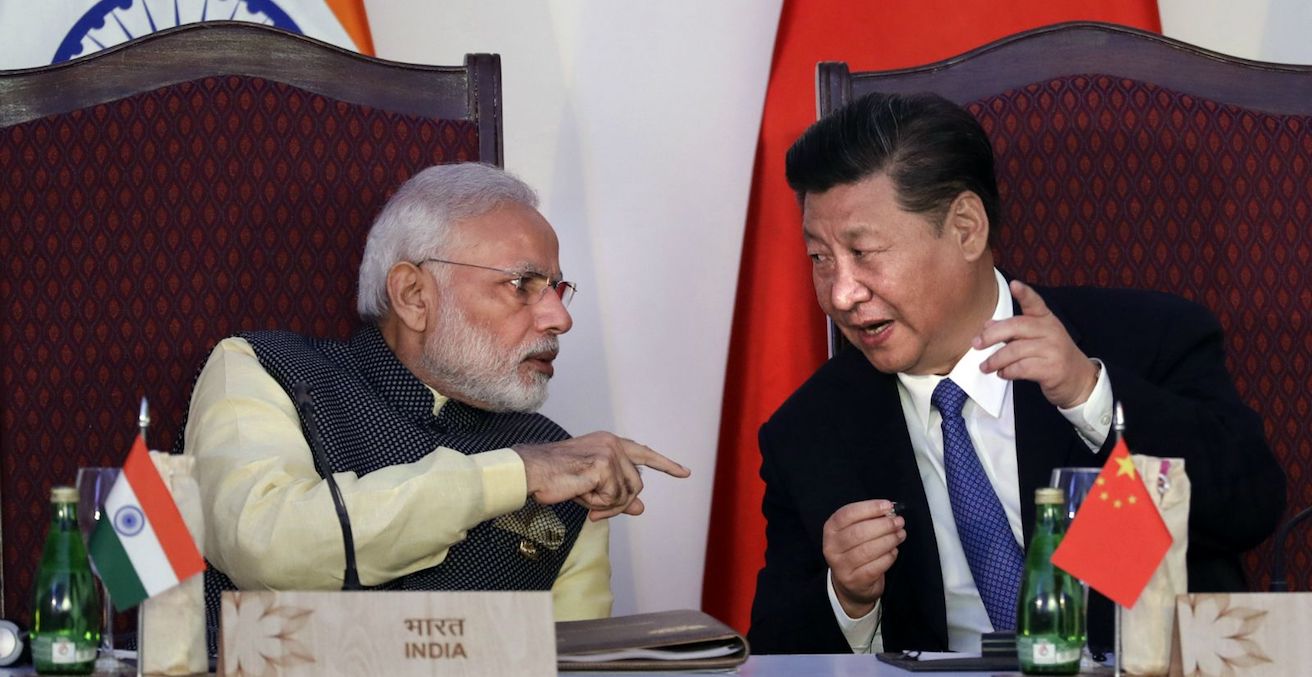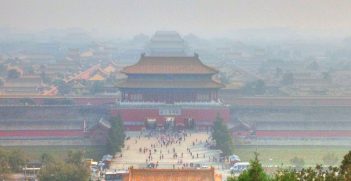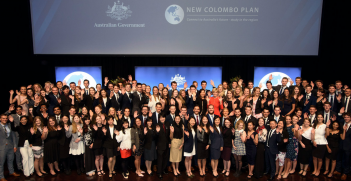Can India Stomach an India–Nepal–China Trilateral?

The idea of a formal trilateral economic grouping between India, Nepal and China began to circulate in 2010, but India’s official circles have maintained a guarded silence towards the proposal.
During Nepalese Foreign Minister Pradeep Kumar Gyawali’s recent visit to China, China’s Foreign Minister Wang Yi underlined the importance of Nepal to China’s Belt and Road Initiative (BRI), proposing to ‘jointly build a community with a shared future for China and Nepal in the new era’. He suggested that ‘supporting the development of Nepal should become the consensus of China and India’, clearly pointing to China’s enhanced profile in Nepal. These statements attracted the attention of Indian media and think tanks. But India’s official circles maintained a guarded silence — a familiar response by them to proposals for an India–Nepal–China Economic Trilateral Cooperation (INCETC).
The idea of a formal trilateral economic grouping began to circulate in 2010 and is credited to former Nepalese prime minister Pushpa Kamal Dahal. It appeals to Nepalese elites’ historical imagination of Kathmandu as ‘the principal entry point in trans-Himalayan trade until the middle of the 18th century’. This idea, whose modern genesis can be traced to King Birendra’s vision for Nepal as ‘a vibrant bridge’ between India and China, resonates with Nepalese elites’ aspirations of being a possible facilitator in China–India relations. The idea redefines Nepal’s cherished foreign policy goal of ‘equidistance’, a euphemism for reducing India’s influence in Nepalese affairs.
Undoubtedly, material gains are expected from the proposed INCETC. And China’s presence and infrastructure are seen to offset Indian influence in the region. Some of India’s neighbours have, like Nepal, long favoured China’s presence as an equalising force in South Asia.
China has endorsed an INCETC for some time. Beyond economic interests, China is concerned about Tibetan refugees’ activities in Nepal and seeks to address political anxiety around Tibet.
India is also critical for ensuring that cooperation with Nepal is commercially viable for China. For example, China needs India to purchase electricity from its hydropower projects in Nepal. But investment returns are always subject to market risk. What China will receive immediately from an INCETC is legitimacy for its large-scale presence in Nepal and the region — vitally important if China seeks greater influence to curb Tibetan activities.
India has conventionally considered South Asia as India’s strategic space. Unsurprisingly then, the INCETC idea has been met with indifference, caution and disapproval. A purported lack of clarity about the specifics of INCETC and concerns about its larger geopolitical implications inform Indians’ response to trilateral cooperation. In their view, the proposal is linked to Nepal’s persistent bids to dilute India’s strategic influence.
With the concept once again being discussed in 2018, renewed Indian ambivalence towards it was to be expected, particularly since the emergence of China’s BRI. China’s determined push to increase its presence and influence in the Himalayas have marked the years since 2010, occasioning frequent diplomatic and military stand-offs between China and India.
Add to this the influence of Nepalese Prime Minister KP Oli, who is perceived to be pro-China and with whom India has had an uncomfortable relationship. Pakistan’s Prime Minister Shahid Khaqan Abbasi was the first foreign head to visit Nepal since Oli’s 2018 election — which was seen as reflective of India losing influence over Nepal.
Even though the ‘informal’ Wuhan summit between Indian Prime Minister Narendra Modi and Chinese President Xi Jinping in April 2018 seemed to thaw India–China relations, issues like India’s objection to the China–Pakistan Economic Corridor (CPEC) and the BRI remain unaddressed. India’s endorsement of an INCETC is unlikely as doing so will be construed as India further ceding space to China in the Himalayas.
As doubts increase about the strategic reliability of the United States, China’s pre-eminence in Asian affairs is becoming clearer. China is a common factor in the ongoing foreign policy resets occurring across Asia. Beyond sovereignty issues in the limited context of CPEC, India’s reservations about the BRI will not carry conviction because even though it does not endorse the BRI in words, it still scouts for Chinese investment. Its neighbours equally need investment for their own development.
India needs to pursue a threefold approach if it is going to meet the challenge of an INCETC. First, it should draw realistic ‘red lines’. Second, India should encourage alternative trilateral cooperation formats to substitute or complement a trilateral involving China. Third, India’s so-called ‘neighbourhood first’ policy should prioritise making funds available to invest in neighbour countries’ developmental needs while also maintaining a clear focus on delivery. If India fails to show this creativity, it stands to lose its influence in South Asia to China. Remember: every South Asian country except India and Bhutan has endorsed BRI.
Prashant Kumar Singh is Associate Fellow at the East Asia Centre, Institute for Defence Studies and Analyses, New Delhi.
This article was originally published on East Asia Forum on 12 June 2018 and is reprinted with permission.





